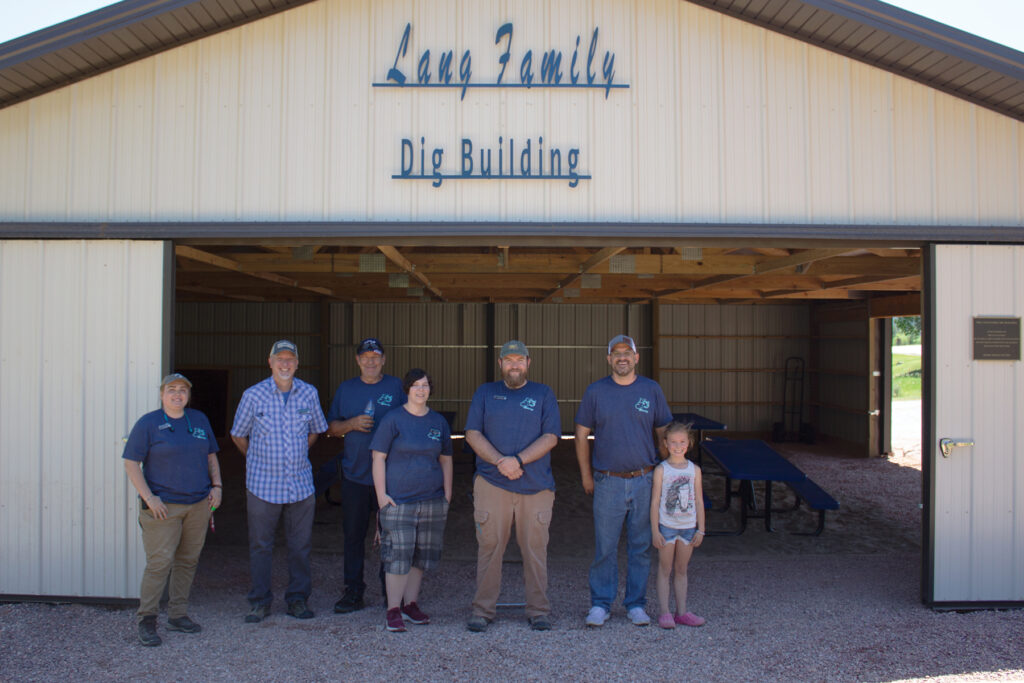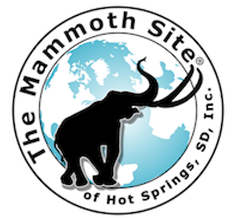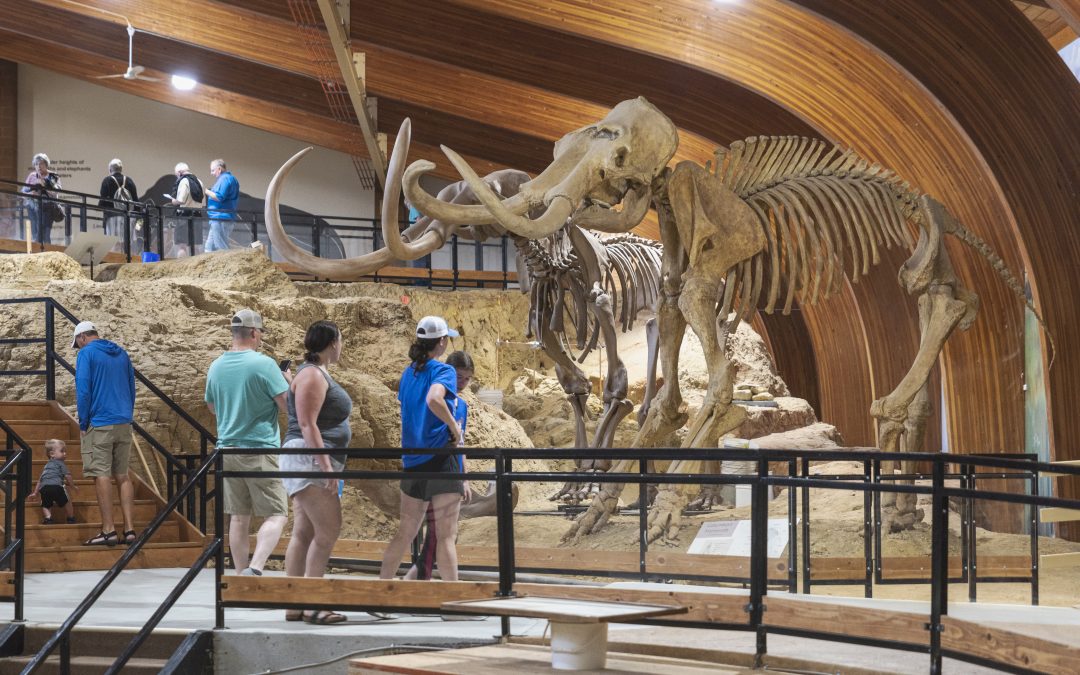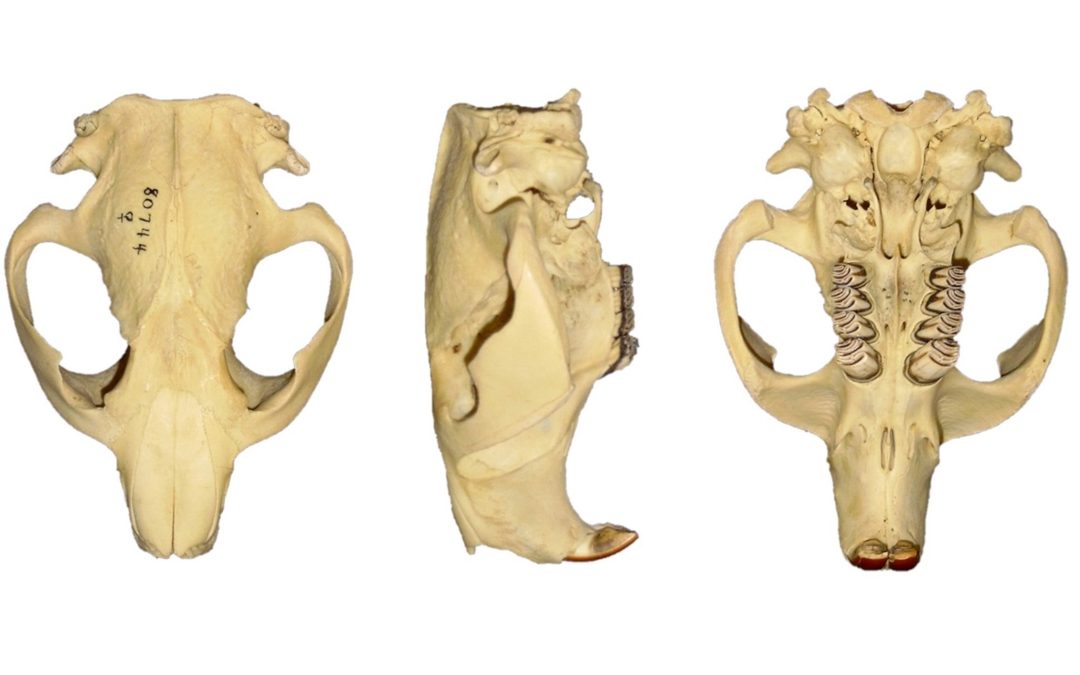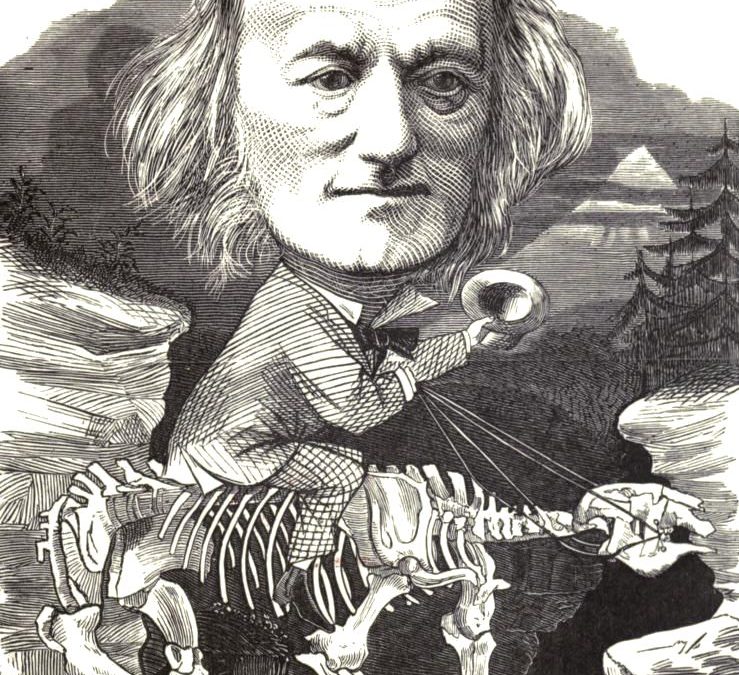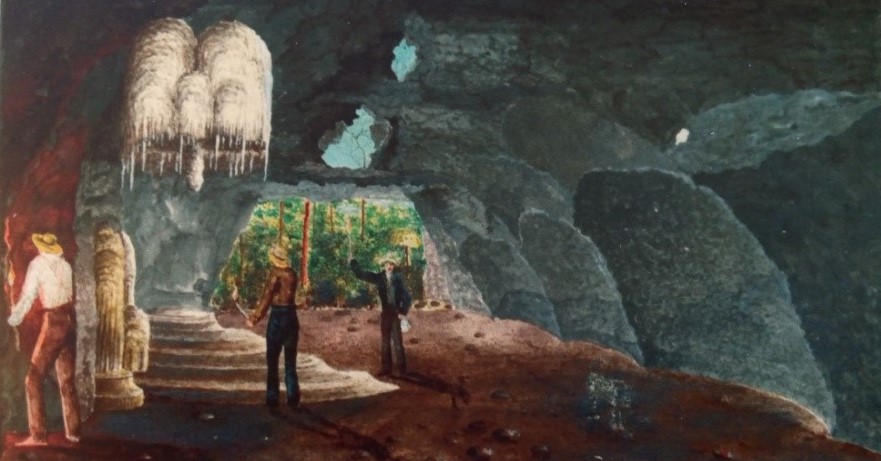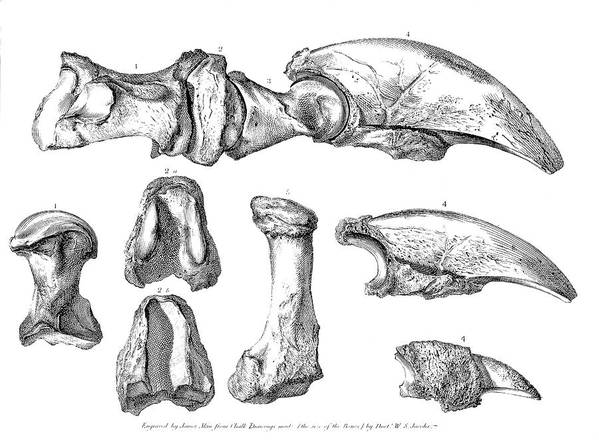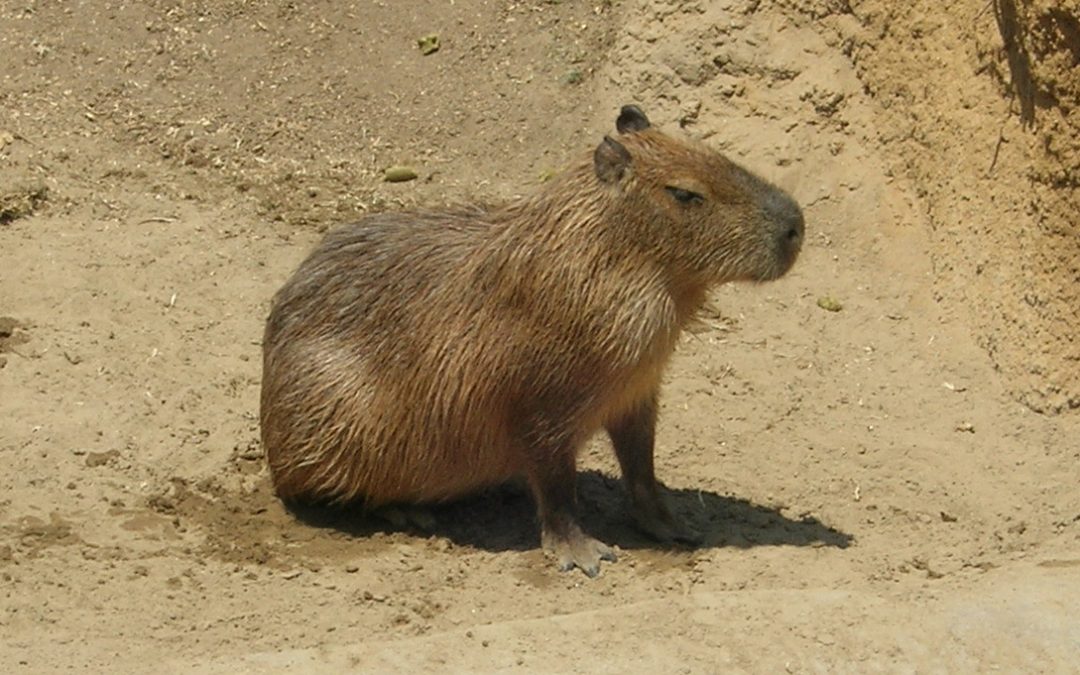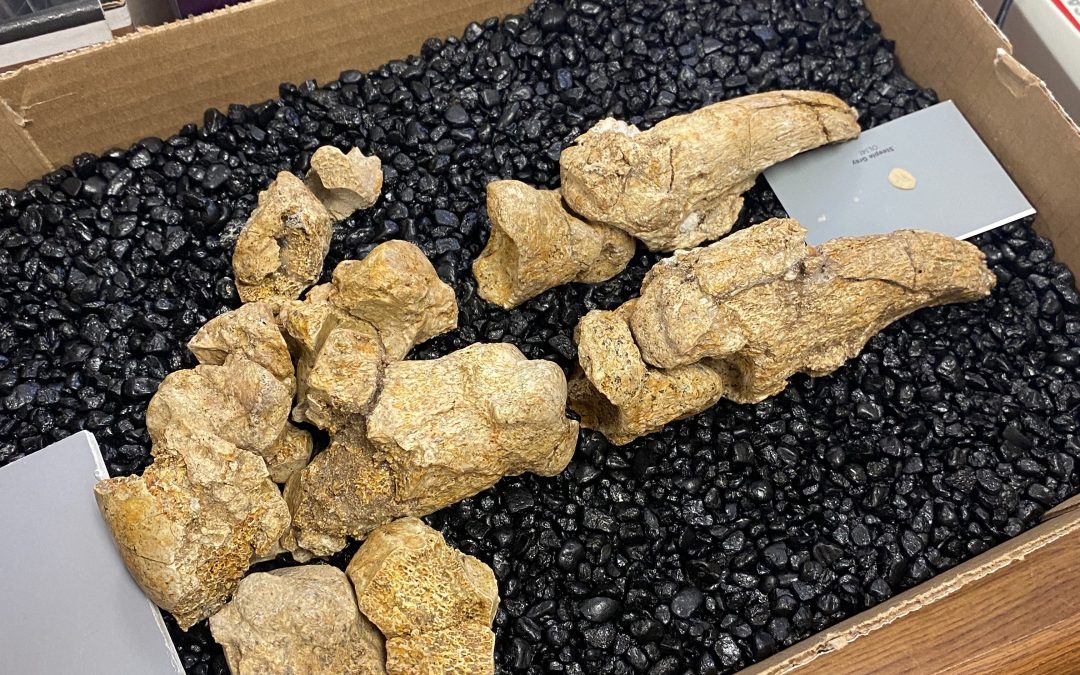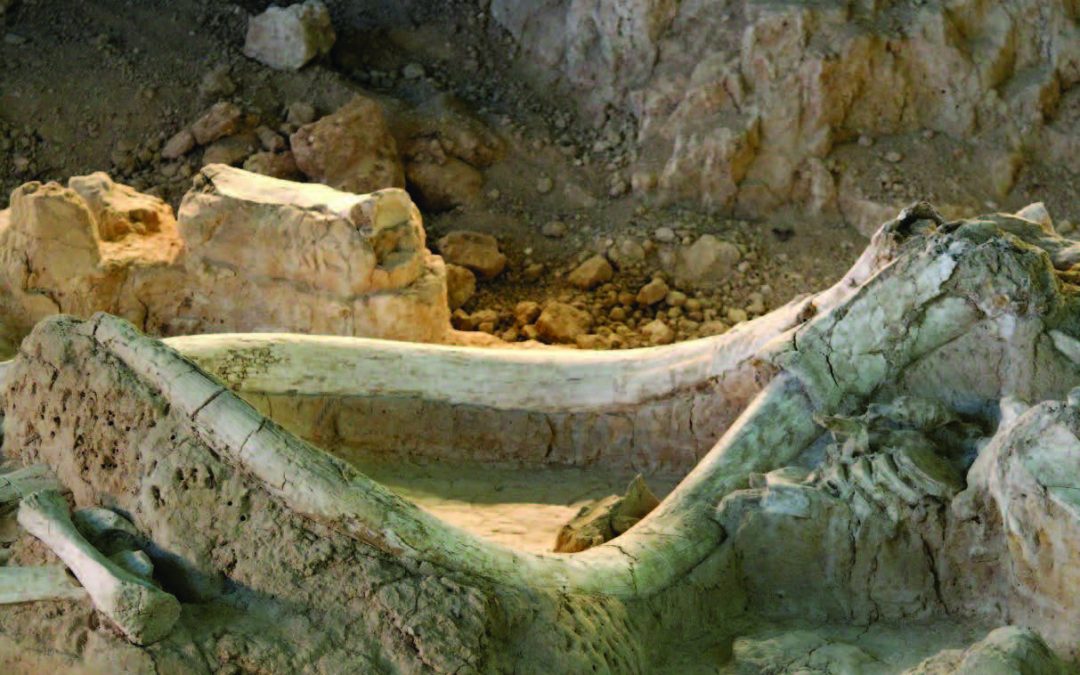HOT SPRINGS, S.D. – Donations and support from local businesses, foundations and the Lang Family have made the opening of a new dig building and a free summer camp program possible at The Mammoth Site.
During The Mammoth Site’s 50th anniversary celebrations, the Lang Family Dig Building was officially dedicated. The building and the summer dig camps are funded by a donation from the Lang family and grants from Black Hills Area Community Foundation and South Dakota Community Foundation, with building materials and labor donated by High Country Erectors.
“Everyone at The Mammoth Site is so truly grateful for the help from the Lang Family, the Black Hills Area Community Foundation, the South Dakota Community Foundation and High Country Erectors for making our dream of a FREE Summer Camp for area youth a reality,” said Presston Gabel, COO/Business Manager.
The summer camp program aims to provide interactive science education to area children. Participants in the program get experience in multiple aspects of paleontology, from excavating a site to learning why collections management is an important part of the process. This programming will promote an interest in science and foster scientific literacy. Thanks to the generosity of donors, this programming can be offered free of cost, further reducing barriers to entry in science.
